
SCOTT BEUERLEIN: Jared, you are known as a very young, passionate professor of horticulture who has a wonderful connection with your students. Tell us how you came to be in your position.
JARED BARNES: There's a photograph of me, four or five years old, out hoeing corn and tomatoes in my garden. And I'm a lot skinnier because I haven't eaten as much ice cream then as I have now. I loved the natural sciences as a kid.
My great-grandfather really inspired me to garden more. My parents both worked days, and so we would go up to his house, and I would work outside in his garden. He would push the tiller, and I would follow behind raking out his footsteps.
He died when I was 13, and I started pursuing my own knowledge, looking through gardening books or on the internet. I joined a local Master Gardener class when I was 15. My mom had to drive me. Most people thought that she was the one taking the class, and I was just tagging along.
I met Carol Reese through that class, and she was an early mentor of mine. I learned about the Perennial Plant Association. The PPA definitely helped propel me into the world of horticulturein 2007 I applied for and received their student scholarship, which covers all expenses related to attending the PPA National Symposium. On that trip, I met Stephanie Cohen, Janet Draper, Dan Heims and more. And people gave me advice about doing an internship at The Scott Arboretum and going to North Carolina State University, pursuing grad school-and the rest is history.
SB: Meeting Carol Reese, interning at The Scott Arboretum and then going to NC State. That's already a great resume!
JB: Yeah, I'm very blessed. Sometimes parents tell you to become a doctor, a lawyer, engineer, something like that. But my parents saw that I loved horticulture. They encouraged me to pursue my passion.
Bu hikaye Horticulture dergisinin May - June 2024 sayısından alınmıştır.
Start your 7-day Magzter GOLD free trial to access thousands of curated premium stories, and 9,000+ magazines and newspapers.
Already a subscriber ? Giriş Yap
Bu hikaye Horticulture dergisinin May - June 2024 sayısından alınmıştır.
Start your 7-day Magzter GOLD free trial to access thousands of curated premium stories, and 9,000+ magazines and newspapers.
Already a subscriber? Giriş Yap
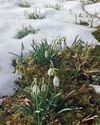
GAGA FOR GALANTHUS
As easy as they are irresistible, snowdrops boast a devoted and growing following

NEW PLANTS
Multiseason Marvels
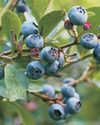
BLUEBERRIES & CO.
Members of the genus Vaccinium provide sweet flavor, health benefits and beauty in the garden
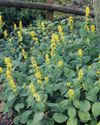
AN ECOLOGICAL AGREEMENT
How three great minds think alike

Take It Indoors
Cs the growing season dwindles, _ potted cittus became a summer souuenir
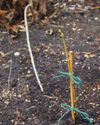
ROOTED IN PLACE
LAYERING IS A PROPAGATION TECHNIQUE THAT TAKES A WHILE TO COMPLETE, BUT IT DEMANDS LITTLE EFFORT FROM THE GARDENER
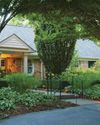
AT HOME WITH PLANTS
Business travel and pleasure trips helped inspire this Cincinnati garden

THE GARDEN GOES DARK
Yes, gardens have their dark side. But-surprise! A garden's darkness can be good, not sinister.

LOW-WATER WONDERS
EXPLORE ONE PLANTSMAN'S DROUGHT-TOLERANT FAVORITES FOR EACH LEVEL OF THE GARDEN
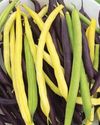
Succeed With Succession- The best crops to plant throughout summer, plus how to time them right
The best crops to plant throughout summer, plus how to time them right. Once a crop like spring turnips or snap peas has finished, I tidy up the bed, amend the soil with a thin layer of compost and replant. Depending on the new crop, I may be sowing seeds or transplanting seedlings.